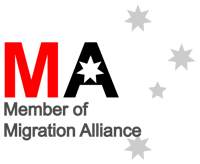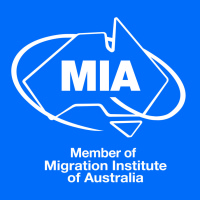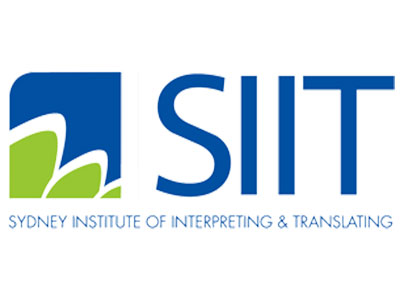
-
What is the overall size and composition of the 2023-24 permanent Migration Program?
The 2023-24 permanent Migration Program has a planning level of 190,000, with a significant emphasis on skilled migrants. This program features an approximate 70:30 split between skilled and family visas:
- Skilled Stream Allocation: 137,100 places, constituting 72% of the program.
- Family Stream Allocation: 52,500 places, making up 28% of the program. It’s important to note that Partner and Child visa categories are demand-driven and not subject to a ceiling.
-
What are the key policy settings for the 2023-24 permanent Migration Program?
The policy settings for the 2023-24 Migration Program serve several crucial purposes:
- Addressing Skill Deficits: The program aims to address persistent and emerging skill deficits across the Australian economy. It plays a pivotal role in building resilience, boosting productivity, and supporting the transition to net-zero emissions.
- Addressing Ageing Population: Migration helps mitigate the challenges posed by an ageing population. Migrants, on average, are younger than the existing Australian population, which slows the rate of population ageing. Additionally, a skills-focused program enhances workforce participation rates.
- Certainty of Permanency: The program provides migrants with the certainty of permanency, enhancing Australia’s attractiveness in a competitive global talent market. This encourages immediate integration into the Australian community, fostering investments in skills, human capital, and social connections.
- Maintaining the Family Stream: The government remains committed to family reunification, recognizing the positive impact of migrants on social cohesion.
-
Why has the planning level been set at 190,000 places?
The planning level for the 2023-24 permanent Migration Program has been set at 190,000, a slight reduction from the previous year. Several factors contributed to this decision:
- Stakeholder Support: Despite strong support from business, industry, and union groups to maintain or increase the program’s planning level, it was adjusted to align with optimal budget outcomes and changing economic contexts.
- Skilled Focus: The composition of the program prioritizes permanent skilled places, fulfilling the government’s commitment to ensuring migrants are not “permanently temporary.”
-
Why has the number of Skilled Independent visas been set at 30,375 places?
The allocation for Skilled Independent visas in the 2023-24 program is 30,375, which is comparable to the previous year. However, the adjustment reflects the closure of the New Zealand stream of the subclass 189 (Skilled – Independent) visa due to a new direct pathway to citizenship for Special Category Visa holders meeting citizenship eligibility criteria.
-
Why has the 2023-24 Business Innovation and Investment Program (BIIP) allocation decreased?
The planning level for the BIIP has decreased from 5,000 visas in 2022-23 to 1,900 visas in 2023-24, a 62% reduction. This change ensures a greater focus on addressing immediate workforce shortages while still providing places to business and investor migrants who can contribute significantly to Australia’s economic growth and innovation.
-
Why hasn’t there been a reduction in the Global Talent Visa Program?
The 2023-24 permanent Migration Program has retained 5,000 places for the Global Talent Visa (GTV) Program. This decision is driven by the program’s ability to attract exceptionally talented individuals in key sectors, ensuring Australia remains competitive in attracting top talent.
-
How do the permanent Migration Program planning levels differ from Net Overseas Migration figures in the Federal Budget?
The permanent Migration Program is just one component of Net Overseas Migration (NOM). NOM includes various categories such as temporary migration, humanitarian migrants, and Australian citizens. The increase in NOM in 2022-23 reflects temporary migrants returning to Australia post-pandemic, but this increase is expected to be temporary, returning to normal patterns from 2024-25.
The Migration Program’s impact on NOM in the near-term is limited, with around 60% of visas granted to migrants already onshore, minimizing its impact on housing, infrastructure, and services.
-
How can Australia deliver the Migration Program to its planning level as global travel fully resumes?
The Australian government is taking steps to manage the growing number of visa applications as global travel resumes:
- Additional Visa Processing Staff: Funding has been extended for 380 visa processing officers, with an additional $48.1 million allocated over 12 months. This has significantly increased visa processing capacity.
- ICT System Upgrades: A $27.8 million investment over two years, starting in 2023-24, will upgrade existing visa ICT systems to enhance visa service delivery efficiency and attractiveness to global talent, students, and tourists.
As we delve into the 2023-24 Migration Program, it’s clear that Australia is striking a balance between addressing immediate workforce needs, promoting innovation, and maintaining family bonds. This FAQ guide provides an overview of the program’s key aspects, enabling you to navigate the evolving landscape of Australian immigration. Stay informed, plan wisely, and make the most of the opportunities this program offers.













































































